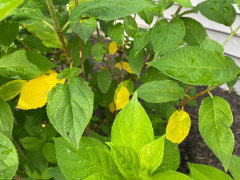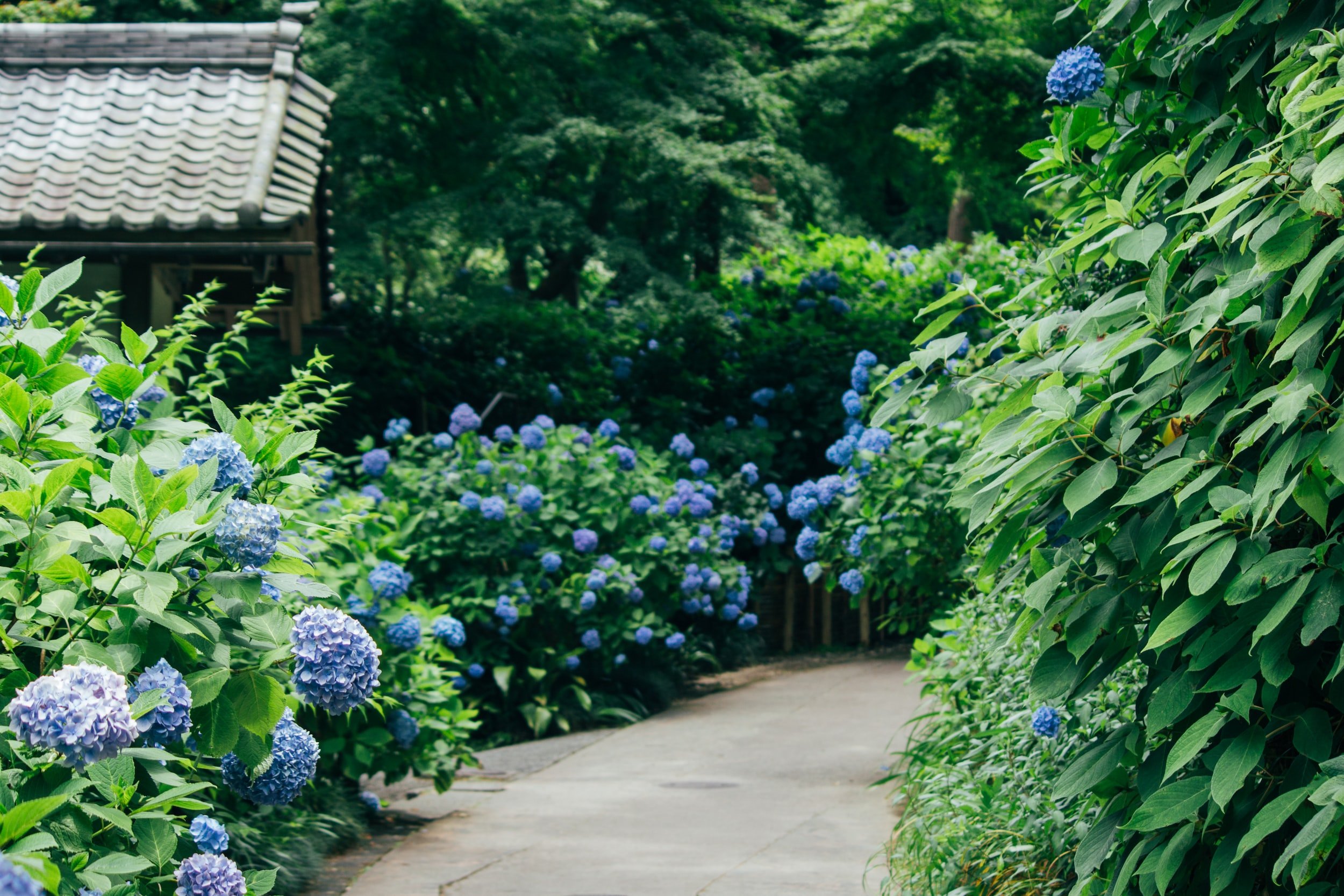Hydrangea Leaves Turning Yellow - Truths
Some Known Questions About Hydrangea Leaves Turning Yellow.
Table of ContentsThe Greatest Guide To Hydrangea Leaves Turning YellowThe smart Trick of Hydrangea Leaves Turning Yellow That Nobody is Talking AboutThe Main Principles Of Hydrangea Leaves Turning Yellow Hydrangea Leaves Turning Yellow Things To Know Before You Get This
Hydrangea plants are understood for their attractive blossoms, but sometimes their fallen leaves can turn yellow. This is typically a sign that something is incorrect and the plant needs your assistance. There are several feasible root causes of yellow leaves on Hydrangeas, and luckily many of them are simple to repair. Here we'll cover one of the most common sources of Hydrangea leaves transforming yellow and how to repair them.Hydrangea leaves turning yellow can be a reason for issue. Hydrangea leaves typically turn yellow when the plant is overwatered.
When the roots of a plant are immersed in water for lengthy periods, they begin to stifle and rot. This procedure cuts off the origins' oxygen supply, triggering the fallen leaves to transform yellow and eventually die. Overwatering can likewise lead to various other problems such as leaf decrease, root damage, and fungal development.
If you think your Hydrangea is overwatered, the very best solution is to let the soil dry completely prior to sprinkling again. It's additionally a good idea to inspect the drainage of your pot or yard bed and make sure that water is not pooling around the plant's roots. Hydrangea plants require well-drained dirt to thrive.
Rumored Buzz on Hydrangea Leaves Turning Yellow
Hydrangea leaves can likewise transform yellow if the plant is not getting sufficient water. This occurs when the plant does not get sufficient water, and the soil begins to dry out.

This is referred to as "plant food shed," It happens published here when the plant's origins are subjected to too much fertilizer. The roots can not take in all of the nutrients and end up being damaged. This damages causes the leaves to turn yellow and at some point die. Various other indications of fertilizer burn include brownish or yellow leaves, wilting, and stunted growth.
This will help eliminate any kind of excess plant food from the roots of the plant. It's additionally a great idea to lower the amount of fertilizer you are using.
A Biased View of Hydrangea Leaves Turning Yellow

If your Hydrangea is ravaged with parasites, dealing with the plant with neem or gardening oil is the finest remedy. It's additionally excellent to get rid of any type of afflicted fallen leaves from the plant (Hydrangea Leaves Turning Yellow).
Hydrangea leaves can also transform yellow if the temperature level emphasizes the plant. The leaves of the plant will certainly turn yellow and start to drop off.
If the temperature level stresses your Hydrangea, you need to move the plant to a place where it will be shielded from the severe cool or heat. You can additionally attempt to give the plant with some partial color if revealed to route sunlight. You can additionally attempt including compost around the plant base to aid control the temperature level.
Unknown Facts About Hydrangea Leaves Turning Yellow
When the plant's origins are immersed in water for too long, they start to rot. One of the most typical root rot signs and symptoms is yellowing fallen leaves, as the fungus protects against the roots from taking in nutrients from the dirt.
Various other indicators of origin rot include stunted development, wilting, and fallen leave decline. Inspect the roots of your Hydrangea if it has origin rot. If they are try this site black you can try here or brownish, then they are probably rotten. If some healthy and balanced origins are left, you can attempt to conserve the plant by replanting it in a new pot with fresh soil.
Water the plant carefully, making sure not to overwater it. If your Hydrangea is greatly influenced by root rot, starting with a brand-new plant is best. Natural causes can likewise trigger yellow hydrangea leaves. One of the most typical reason is the plant's age. As Hydrangeas age, their fallen leaves will gradually turn yellow and brown before falling off the plant.
You can help the plant by ensuring it is getting enough water and nutrients. One possibility is that the plant is not obtaining enough water.